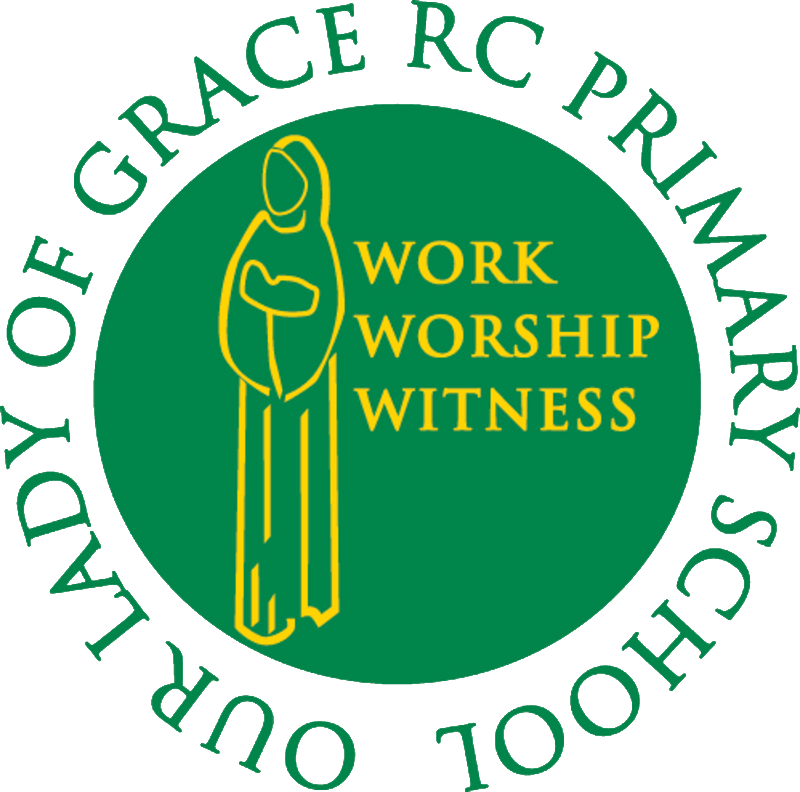DT
Intent
At Our Lady of Grace RC Primary School, Design and Technology (DT) encourages creativity, practical problem-solving and innovation. Pupils learn to design and make purposeful products that solve real and relevant problems, considering their own and others’ needs, wants and values.
Our intent is to:
• Equip pupils with the knowledge and skills to design, make and evaluate functional, appealing products.
• Teach pupils how to use a range of materials, tools and techniques safely and effectively.
• Build understanding of mechanisms, structures, textiles, electrical systems and food technology.
• Encourage creativity through research, design, making and evaluation.
• Develop resilience, teamwork and reflection through practical learning.
• Help pupils understand the importance of design and technology in everyday life and future careers.
Implementation
DT is taught through a progressive curriculum from EYFS to Year 6, with clear links to real-world contexts. Each unit follows the process of design, make and evaluate, supported by technical knowledge.
• Lessons follow a clear sequence: research, design, make, evaluate.
• Projects are practical, purposeful and often linked to cross-curricular themes.
• Pupils use a wide range of tools, materials and techniques appropriate to each key stage.
• Key skills are revisited and developed through mechanisms, structures, textiles, electrical systems and food.
• Computer-Aided Design (CAD) and programming are introduced in Key Stage 2.
• Work is recorded through class floor books and photographic evidence, showing progression and outcomes.
• Design work reflects local, national and global contexts, encouraging pupils to think as designers and engineers.
Impact
Through DT, pupils develop the skills, knowledge and confidence to design and make high-quality products. They apply creativity and problem-solving in a practical context.
• Pupils design purposeful, functional and appealing products for specific users.
• Pupils select tools, materials and techniques with increasing independence.
• Pupils evaluate their own and others’ work thoughtfully, suggesting improvements.
• Pupils understand how key events and designers have shaped the world.
• Evidence in floor books and displays shows clear skill progression and creativity across the school.
• Pupils leave Year 6 with practical knowledge and confidence to take on design challenges in secondary school and beyond.
